 Menu
Menu
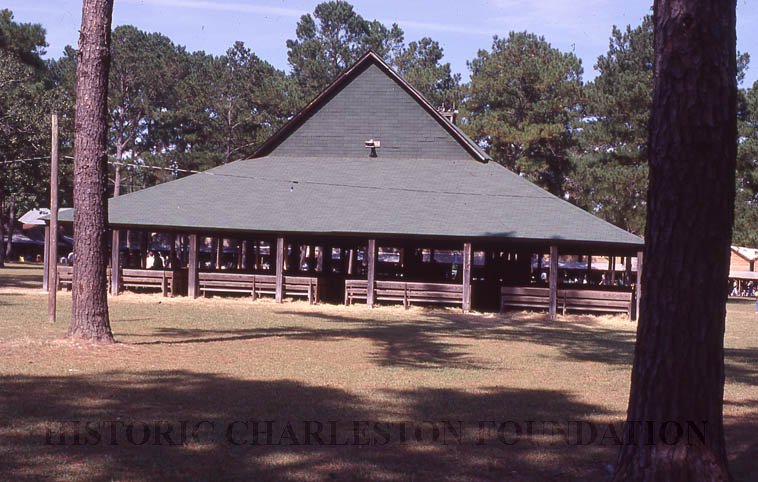
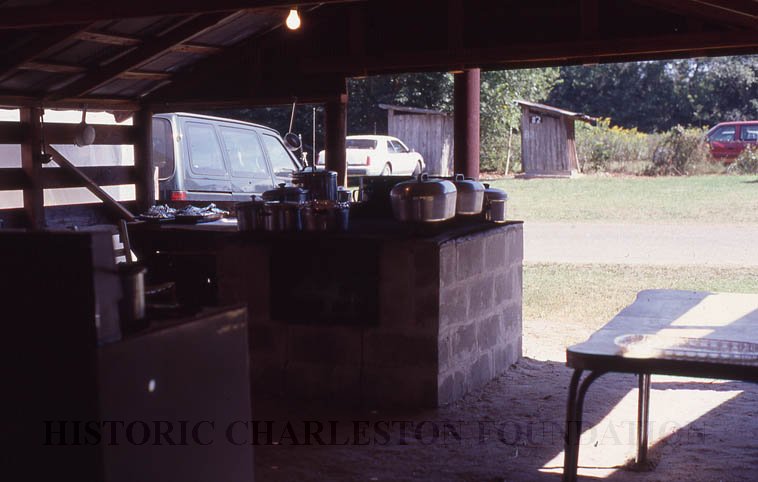
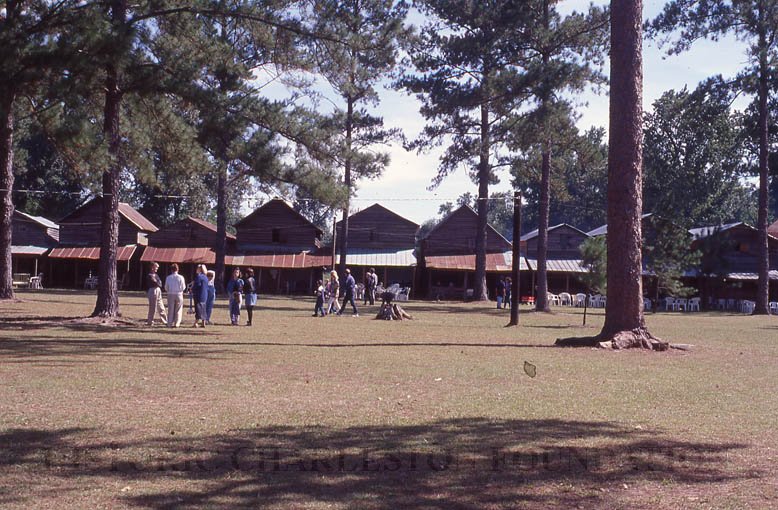
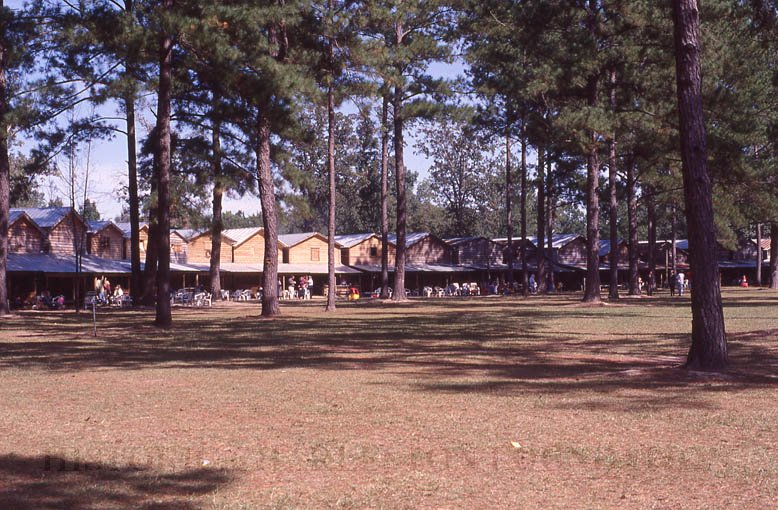
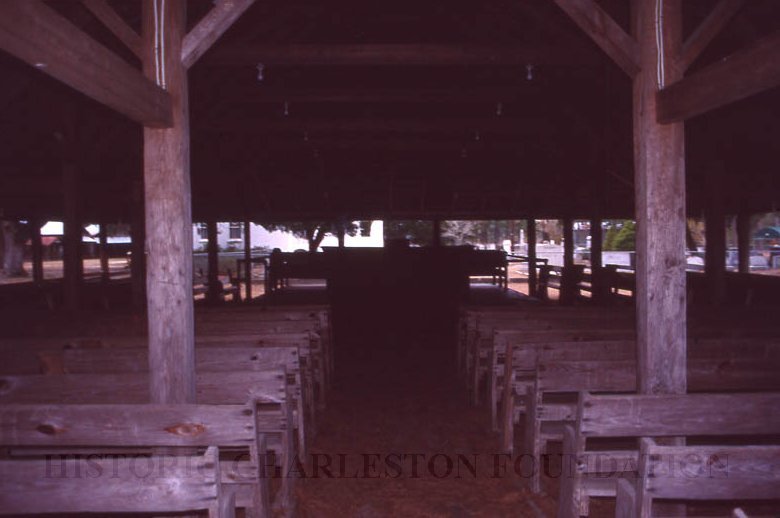
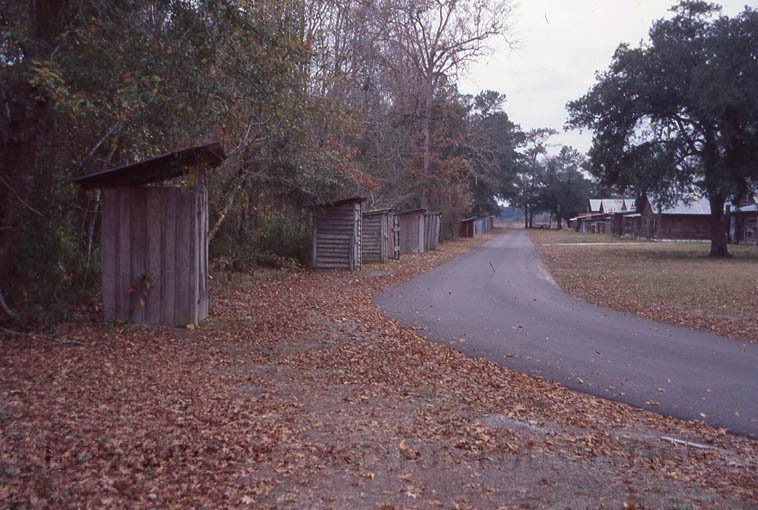
Six color slides of White Methodist tabernacles and camp meeting grounds in Dorchester County:
a-d: Views of Indian Field Tabernacle and Campground (a/k/a Indian Fields) in St. George. Photo B features the woodstove in the shed kitchen attached to the tent.
e-f: Views of Cypress Methodist Campground in Ridgeville.
Indian Field Campground (also known as Indian Fields) in St. George hosts an annual United Methodist revival. The camp was established prior to 1810 on farmland two miles from its current location. Because the antebellum revival movement attracted such large crowds, traveling celebrants soon outgrew the original site. The camp, which gets its name from nearby Indian Field United Methodist Church, moved to the present 10-acre site in 1838. The buildings were completed a decade later. The camp consists of a central open-air tabernacle which seats 1,000 people. Revivals, or camp meetings as they are now called, last for roughly a week and are held here each fall. The 99 cabins (called "tents") in which participants stay surround the tabernacle in a circular shape to symbolize the spirit of a shared religious experience. (Source: Brandon Coffey, SC Picture Project website.)
Cypress Methodist Camp Ground is one of only a few campgrounds in South Carolina which, up until the time of its nomination, continues to host annual week-long camp meetings—a vestige of the Great Awakening in American religious life in the nineteenth century. Cypress is significant for its association with Francis Asbury, pioneer of American Methodism, and for its long, uninterrupted use as a site of revivalism for almost 200 years. The campground is in the general shape of a rectangle of 34 tents, or cabins, made of rough-hewn lumber. These cabins, rectangular shaped, are generally 1½ stories and contain earthen floors. The typical floor plan features a hall extending the length of the cabin with as many as three rooms on the opposite side. The second story is accessible by a small stairway or ladder. In the center of the rectangle is the tabernacle, an open-sided wooden structure that is the focal point of these revival meetings. Serving crowds too large for church buildings or homes, the campground responded to both religious and social needs. The tents allowed people to stay overnight, and the campground term remained even though tents were gradually replaced by the current rough-hewn cabins. Cypress Camp Ground was functional as early as 1794, and an adjacent cemetery contains graves from the early 1800s. Listed in the National Register April 26, 1978. (Source: SCDAH website.)